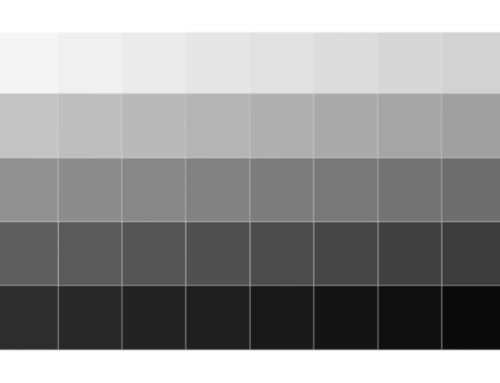With the effects of climate change felt more every year, it is important for printers to do their part in reducing the negative environmental impact of their technology. Unfortunately, the print and ink industries are not known for making green products. According to the Energy Collective, an average of 1 million ink cartridges are thrown away every day.
While buying higher capacity cartridges helps, the environmental burden is still staggering. Companies may be surprised to learn, however, that they can reduce their carbon footprint simply by choosing a partner that prioritizes environmentally friendly printing methods.
The benefits of eco-friendly inks
Many businesses currently use petroleum-based since they are fast-drying and low cost. However, these inks frequently feature a mercury component and are refined using crude oil. This waste has contributed to smog, ozone issues and other climate disorders.
Sustainable Business Toolkit recommended using soy and vegetable-based eco solvent inks. These are made purely from renewable resources, meaning that oil never factors into their manufacturing. This helps enable most soy-based ink to be cost competitive with petroleum-based products. Soy-based ink can also be more cheaply recycled since the product comes off the page easier than traditional inks.
Another type of eco-friendly ink is water-based. According to Permaset Aqua, these inks are slightly more difficult to use than traditional products but do not contain any heavy metals, lead or ozone-depleting chemicals such as CFC’s and HCFC’s.
The Hopkins Green Initiative
Hopkins Printing has been working to reduce our carbon footprint for years. In addition to our range of environmentally friendly paper substrates and privately owned photovoltaic solar arrays, we also make the extra effort to use ultra-violet (UV) inks.
Unlike petroleum-based inks, UV inks are cured immediately and don’t outgas harmful fumes or vapors into the environment or workplace. This instant cure ensures that 100 percent of the ink is used and does not evaporate. Atlantic Graphic Systems also stated that UV inks produce sharper contrasts, are more resistant to smearing and do a better job of maintaining print consistency.
In addition to our own efforts, we also encourage our clients and prospective customers to look for the Nordic Ecolabel Certification. This recognized environmental label promotes eco-friendly products that enhance sustainable business practices. Uvijet UV inks from Fujifilm recently earned this certification, which we use in our Inca Onset Q40 and our Fuji Acuity F printers.
Fujifilm has also had 14 of its inks recognized by UL Greenguard, an environment ethics standard that tests products for low emissions of volatile organic compounds, which can be harmful to indoor air. This gives Fujifilm’s UV inks another measure of quality as the ink of choice for eco-friendly products.
The future of eco-friendly inks
Eco-friendly inks continue to see innovation and improvement. In early 2016, RT reported that Russian scientists had developed the first 100 percent environmentally friendly ink for color printing. This invisible ‘green’ ink contains zero toxic chemicals and uses a soap bubble-like effect to ensure that color is properly reflected off the page.
Another breakthrough came in 2017 with the creation of eco-friendly waterborne semiconductor inks. According to DGIST, this new ink has small colloidal particles and less surfactant micelles compared to other waterborne semiconductor inks, making it useful in electronics.
Hopkins is proud to do our part and we encourage our clients to pursue these eco-friendly products and policies. In the short term, eco-friendly inks can reduce costs, improve corporate image and lead to better looking products. In the longer run, they will promote a sustainable and positive business model that will help limit the effects of climate change.



